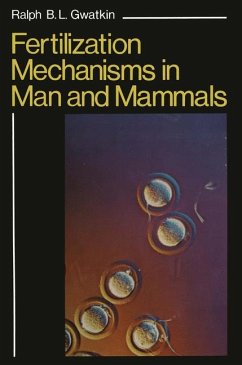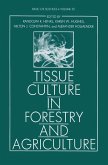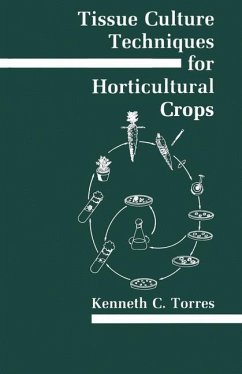It is currently impossible to grow lichens under controlled conditions in the laboratory in sufficient quantity for physiological experiments. Lichen growth is slow and conditions which might accelerate the process tend to favour either the algal or fungal partner, resulting in the breakdown of balance symbiosis. Lichen physiologists are therefore forced to use field-grown material with all the problems associated with the unknown influences of unpredictable and unreproducible climatic conditions. Study of major biochemical topics, such as the nature of the carbohydrate and nitrogenous compounds passing between the symbionts, is less influenced by climatic conditions than the intrinsic nature of the symbionts and many advances have been made in these areas. Recently, the challenge of using field-grown plant material, the physiological status of which is intimately linked to environmental conditions, has proved to be a stimulus rather than a hindrance to a number of research groups. The occurrence of lichens in extreme habitats has prompted a number of field and laboratory studies with material from such diverse localities as the cold deserts of Antarctica and the temperate rain forests of the New Zealand bush. A comparative approach, using contrasted species or habitats from a particular geographical region has yielded much information and an appreciation of the variety of physiological adaptations which may exist. The close linkage between morphology and physiology is now being directly demonstrated, as is the relevance of ultrastructural information.
Hinweis: Dieser Artikel kann nur an eine deutsche Lieferadresse ausgeliefert werden.
Hinweis: Dieser Artikel kann nur an eine deutsche Lieferadresse ausgeliefert werden.








